Linear Transformations
Linear Transformation of Matrices
Prereq knowledge: Vectors and Basis Vectors, Linear dependent and independent
Linear Transformation is a way to move around space such that it fulfills these two conditions:
- All grid lines must remain lines
- Origin (0,0) must remain fixed
Transformations (functions f(x) - best described as a movement from input to its output)
The following are Linear Transformation where the grey grid is the original:
The following are Non Linear Transformations
In 3D
With the above two conditions are fulfilled, we can deduce where ANY vector land as long as we have record of where i hat and j hat lands. In 2D space, this only requires two vectors
Example of i hat and j hat moving to their new space based on the formula (linear combination?)
A 2x2 Matrix is created through two vectors
The columns in the matrix are transformed versions of the basis vectors, and the result is the linear combination of those vectors
example of a 90 degree rotation counter clockwise matrix applied to a vector in yellow
This is an example of a Linearly Dependent Columns of a matrix
When you see a matrix, it is interpreted as a certain transformation in space.
You need to use matrix operations in order to do transformations, like Rotate Shear and Scale for matrix multiplication and translation and reflection for matrix addition.
Matrices can encode geometric operations such as rotation, reflection and transformation. Thus if a collection of vectors represents the vertices of a three-dimensional geometric model in Computer Aided Design software then multiplying these vectors individually by a pre-defined rotation matrix will output new vectors that represent the locations of the rotated vertices. This is the basis of modern 3D computer graphics.

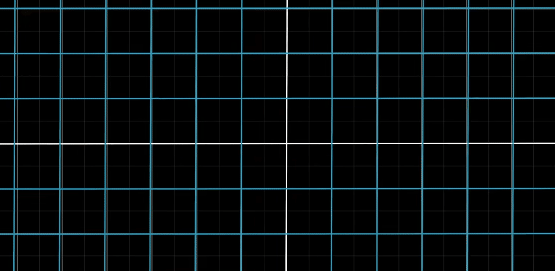

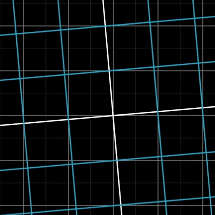
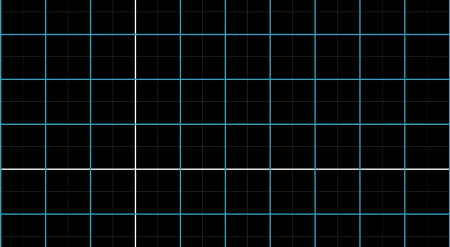
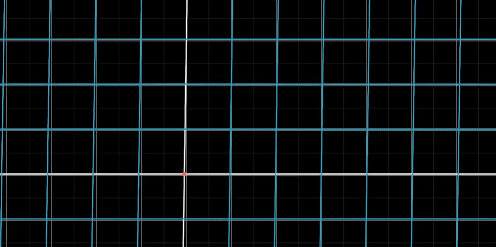
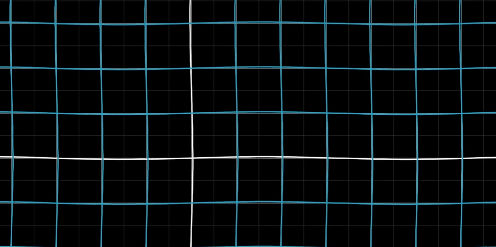
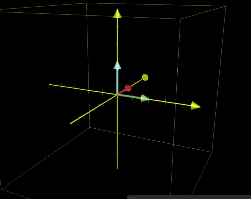
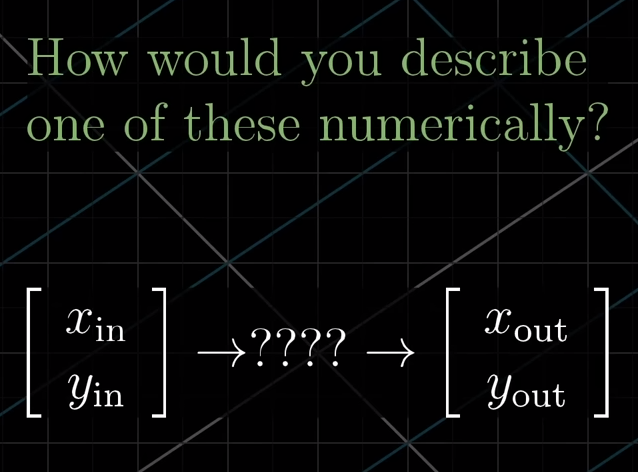
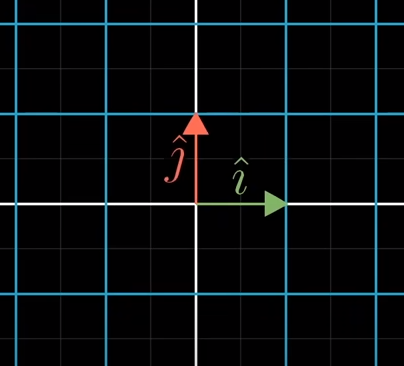
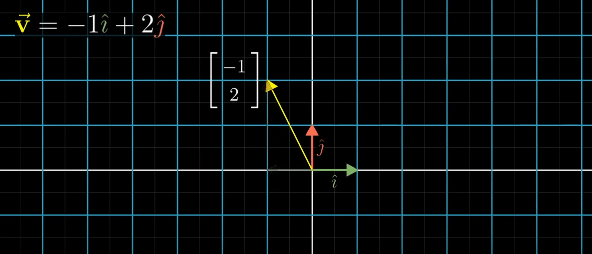
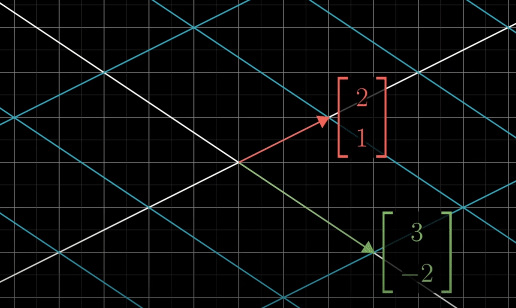
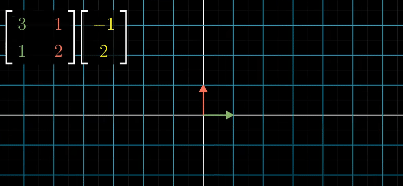
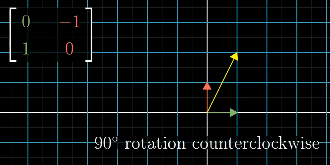
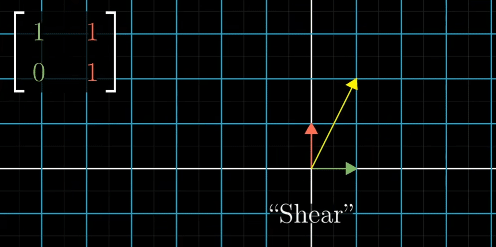
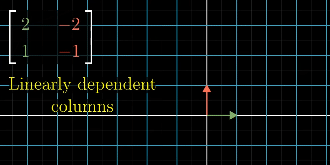
No Comments